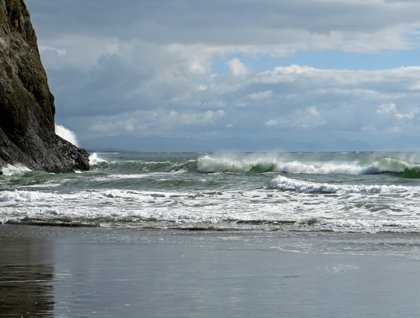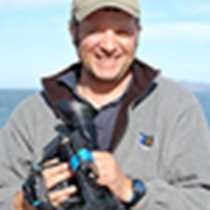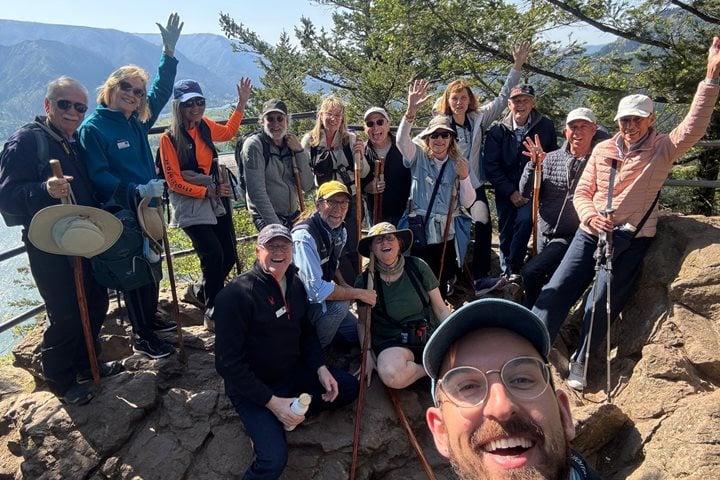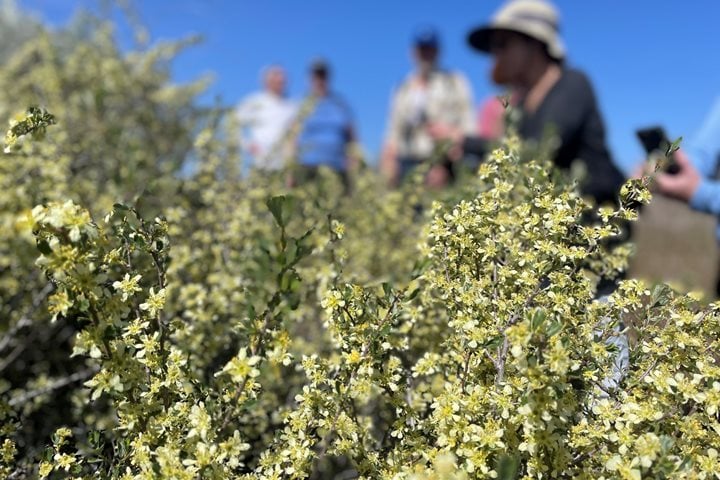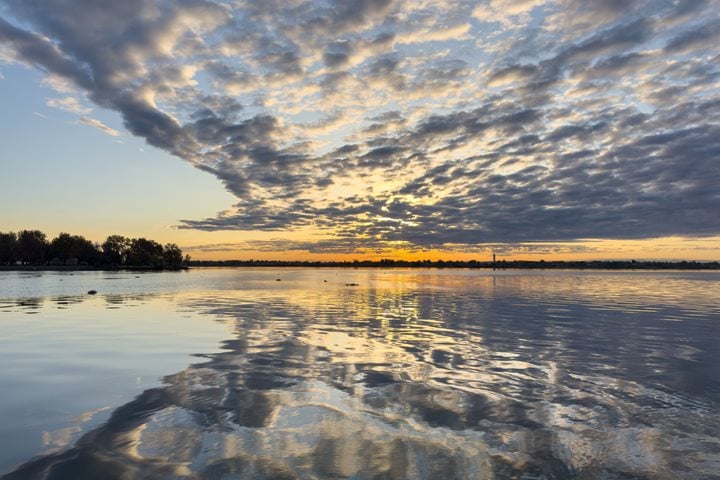At dawn our doughty ship, the National Geographic Sea Bird, is nearing the Columbia River Bar where the mighty Columbia River runs head on into the far-traveled swells of the Pacific Ocean. In the distance, great rollers break over the bar in a white fury. The Columbia Bar is formed by sediment dropped by waters of the Columbia as its waters clash tumultuously with the incoming sea swells. Soon our ship is rocking gently in that swell. A bell is clanging in a green buoy as it tilts to-and-fro on the waves and we hear the soft moaning of a whistle buoy farther out toward the bar. We are thrilled to see squadrons of brown pelicans flying in formation low over the water. Around us Heermann’s gulls are soaring by and an occasional Caspian tern or small flock of surf scoters wing past. Curious but shy, harbor seals surface for a look at us. Fishing boats make their way seaward. Soon an orange pilot boat roars by on its way over the bar; a bar pilot will board a waiting ship to guide it safely into harbor at Astoria.
Following a hearty breakfast, we board our coaches for the drive to Fort Clatsop, built by Lewis & Clark’s Corps of Discovery as their quarters for the winter of 1805-1806. On the way we see a herd of Roosevelt elk, descendants of the elk that sustained the Corps of Discovery during their stay at Fort Clatsop. Following an excellent film and a tour of the fort we head off with our naturalists, Rich and Grace. Into the forest we go, walking along a path beneath the towering trees of the temperate rain forest, seeing many shrubs, mushrooms, trees, vines, and even the rattle-snake plantain—an orchid! Rich shows us and tells us all about a fascinating banana slug that he has found. On the way into town we stop at the Astoria Column for a stunning view up and down the Columbia River before continuing on to the Columbia River Maritime Museum, one of the best maritime museums in the country.
In the afternoon some of us go on an expedition landing craft tour of the Lewis & Clark Wildlife Refuge and the John Day River and kayaking on the John Day River. We see harbor seals, California sea lions, bald eagles, and belted kingfishers. Some take a motor coach north across the four-mile long Astoria-Megler Bridge to Washington and Cape Disappointment. At Cape Disappointment we tour the Lewis & Clark Interpretive Center with its chronological overview of the journeys of the Corps or Discovery. We walk in the footsteps of Lewis & Clark to a beach now called Waikiki. Here is a Maya Lin “sculpture,” a boardwalk with the history of Lewis & Clark engraved in it. We follow the path through tall grass to the shining sea, to wind and sun. Green breakers curl forward in their rush to the shore and torment the dark rock of the headland before rushing across the sandy beach, their energy spent. Back on the Sea Bird we see the guest slideshow and are reminded of every wonderful day of our journey. Captain Coughlin and Larry, our expedition leader, bid us farewell and safe travels.

